Squirrels may seem harmless, but their constant need to gnaw can wreak havoc on your outdoor lights. With ever-growing teeth, they chew wires to keep them sharp, sometimes mistaking cables for twigs or being drawn by certain plastics or salty residues.
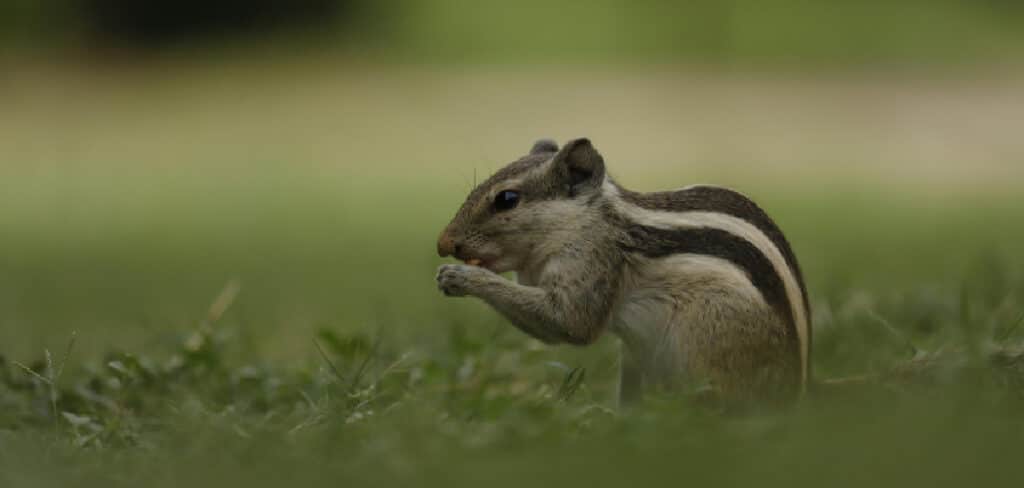
While it may look minor at first, squirrel damage can quickly lead to broken lights, short circuits, or even electrical fires—posing risks to your home, family, and the squirrels themselves. Repairs can also become costly if ignored. That’s why it’s important to act quickly and protect your setup before damage spreads.
The good news is that safe, humane solutions exist. This guide offers practical, easy-to-follow methods on how to stop squirrels from chewing outdoor lights effectively.
Understanding the Problem
Squirrels chew outdoor light wires because they help grind their teeth and sometimes contain soy-based coatings that smell like food. They’re especially active in late summer and autumn while gathering materials for nests, making your lights a tempting target.
The damage isn’t just cosmetic—exposed wires can spark, creating fire hazards near dry leaves or mulch. Even without fire risk, frayed cords may short out, increase energy use, or require replacements. To confirm squirrels are the culprits, look for clean, diagonal bite marks higher off the ground, unlike the chewing of rats, rabbits, or raccoons.
Their chewing often follows seasonal patterns, peaking in fall during nest prep and in spring when young squirrels are teething. Understanding these behaviors allows you to take preventive steps at the right times, protecting both your lights and home safety.
Common Methods People Use
Homeowners and outdoor decorators have come up with a variety of solutions to keep squirrels away from their lights. Physical barriers like plastic tubing, PVC conduit, or metal mesh are among the most effective because they make the wires physically inaccessible.
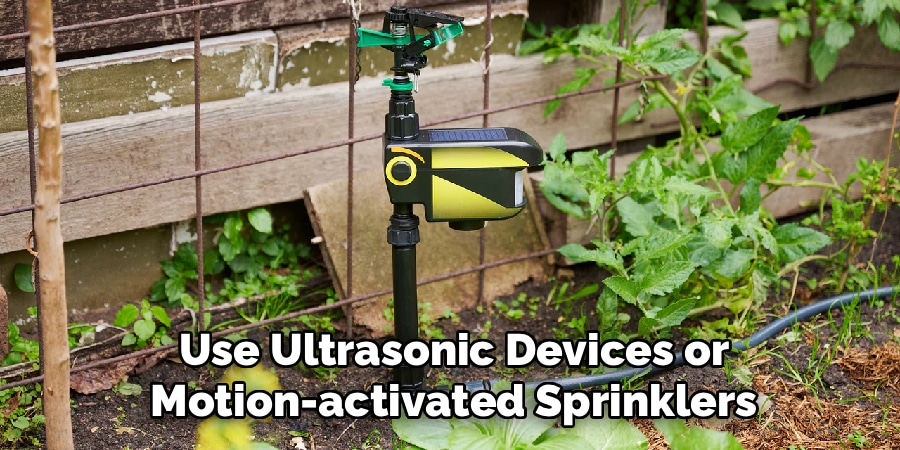
Natural repellents also play a role, using strong scents or tastes squirrels dislike. Peppermint oil, vinegar, garlic spray, or commercially available bitter-tasting sprays are popular options.
Electronic deterrents, like ultrasonic devices or motion-activated sprinklers, can startle squirrels and make them think twice before returning.
Habitat modification is another overlooked but highly effective approach. By trimming tree branches, relocating bird feeders, and keeping the area clean of food sources, you reduce the appeal of your lighting area to squirrels in the first place.
Necessary Tools and Materials
Having the right tools and products makes the job easier and safer:
- Outdoor-rated electrical tape or heat-shrink tubing
- Squirrel-proof conduit or protective cable covers
- Non-toxic squirrel repellents
- Motion-activated deterrents
- Safety gloves and ladder (if working at height)
6 Easy Steps How to Stop Squirrels From Chewing Outdoor Lights
Outdoor lighting is a beautiful way to brighten up your garden, patio, or holiday decorations, but squirrels often see those wires as chew toys. Below are six practical steps that will help you keep squirrels away and ensure your outdoor lights remain intact.
Step 1: Inspect and Identify Damage
The first step is always awareness. Begin by inspecting your entire outdoor lighting system. Focus on areas near trees, fences, roofs, or pergolas—these act as bridges for squirrels to reach your lights. Chewing damage is often subtle at first, so look closely for gnaw marks, stripped insulation, or wires that look unevenly worn down.
It’s not unusual to find damage hidden behind bushes, along beams, or near connection points, so don’t just glance at exposed wires. Take your time and check thoroughly.
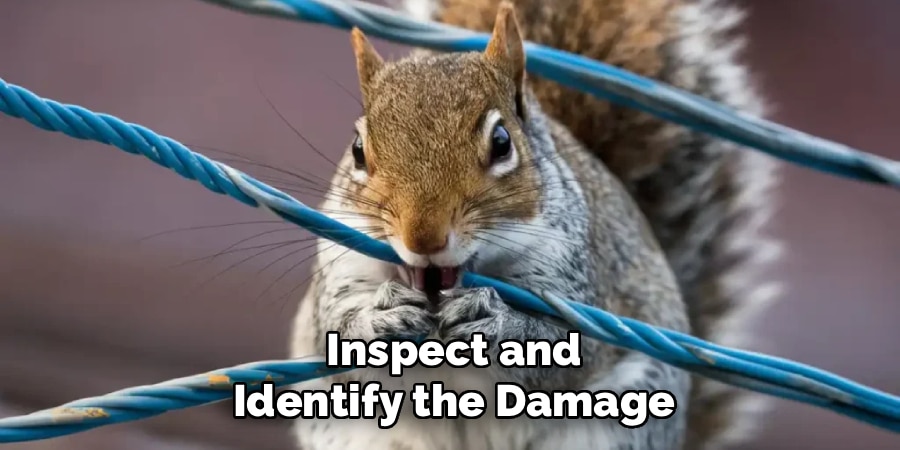
For your safety, always turn off the lights before touching any wires. If possible, cut the power from the breaker box. Even a minor exposed wire can give a shock or spark if left live. Regular inspections help you catch problems early before they escalate into costly repairs or dangerous situations.
Step 2: Repair or Replace Damaged Sections
Once you identify damage, the next step is fixing it. Small nibbles or surface-level insulation damage can often be repaired with outdoor-rated electrical tape. Wrap it tightly around the affected area and overlap the tape layers for a secure seal. Another option is heat-shrink tubing, which provides a stronger and more durable covering once heated.
However, if the wire is deeply frayed, exposed, or completely cut through, don’t risk patching it. Replace the damaged section entirely. Exposed copper wiring can cause shorts, sparks, or even fires, especially in damp outdoor environments. Use waterproof connectors and casing where necessary to keep the repair weather-resistant.
Think of this step as not just fixing damage but ensuring long-term safety and reliability for your lighting.
Step 3: Install Protective Cable Coverings
Repairing damage is only part of the solution—you need to make sure it doesn’t happen again. Protective coverings act as armor against squirrel teeth. PVC conduit is one of the best options, especially for permanent installations, as it fully encloses the wire in a hard plastic shell. For temporary setups like holiday lights, flexible cable sleeves are easier to apply and remove.
For maximum protection, especially in squirrel-heavy areas, metal mesh or galvanized steel tubing works extremely well, as squirrels cannot chew through metal.
The key is to cover the entire wire without leaving gaps. If squirrels find even a small opening, they will exploit it. Always choose materials designed to withstand outdoor conditions, like UV-resistant plastic or weatherproof metal, to ensure they last.
Step 4: Apply Squirrel Repellents
Another layer of defense comes from repellents. These work by making your lights less appealing through smell or taste. Scent-based repellents rely on odors squirrels dislike, such as peppermint oil, garlic, predator urine, or vinegar. Taste-based repellents, on the other hand, coat the wires with a bitter flavor that discourages chewing.
Spray repellents directly onto wires, poles, and surrounding structures. Keep in mind that rain and sunlight gradually weaken them, so reapply regularly—usually every two to four weeks. For a simple eco-friendly solution, mix peppermint essential oil with water and a few drops of dish soap, then spray generously on wires and surfaces.
Repellents are especially useful when combined with physical barriers, creating a two-fold deterrent that squirrels find hard to ignore.
Step 5: Use Motion-Activated Deterrents
Squirrels are creatures of habit, and once they find a spot they like, they return often. Motion-activated deterrents help break that habit by startling them. Sprinklers that spray water when triggered or ultrasonic devices that emit high-pitched sounds are popular options. Both work by making the area feel unsafe or unpleasant for squirrels without causing harm.
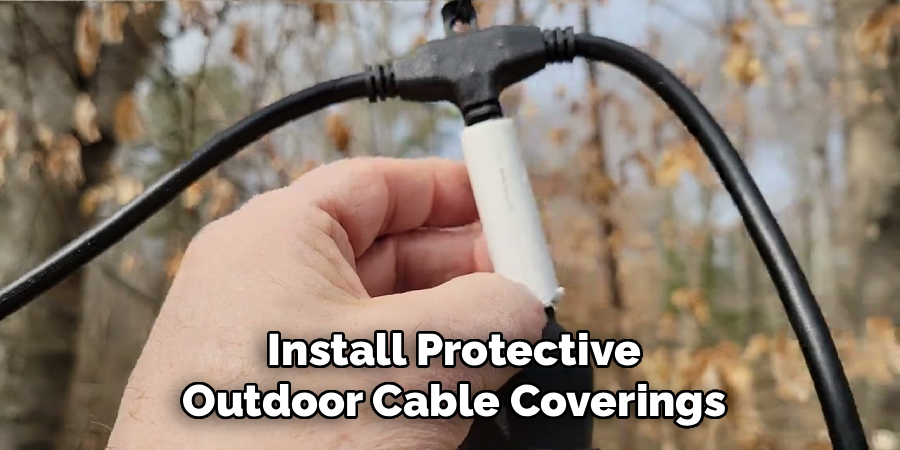
Position these devices near your lights or in areas where squirrels usually approach. Make sure to test them to avoid false alarms caused by wind or moving leaves. Adjust sensitivity so they activate only when needed. This not only keeps squirrels away but also prevents them from becoming too comfortable around your outdoor lighting.
Step 6: Modify the Environment
Lastly, address the environment itself. If squirrels have easy access to your lights, they will keep coming back. Trim tree branches that hang near wires or lighting setups since these act as bridges for them.
Bird feeders are another attraction for squirrels, so keep them away from your lights. Install squirrel baffles on feeder poles and clean up fallen seeds regularly. Also, remove food sources like nuts or fruits from the ground, which attract not only squirrels but other wildlife as well.
By making your yard less inviting, you naturally reduce squirrel traffic around your lights. When combined with the other steps, environmental adjustments create a long-term solution.
Additional Prevention Tips
Even the most effective method can lose power if squirrels adapt to it. That’s why rotating repellents and deterrents keeps them guessing. For example, alternate between peppermint spray and bitter spray every few weeks.
Consider upgrading to lighting fixtures with built-in wire protection. Some models come with thicker, chew-resistant cables or protective sheaths.
Finally, make preventive maintenance a seasonal habit. Check your lighting setup before major holidays, during spring cleanup, and before winter to ensure everything is intact and squirrel-free.
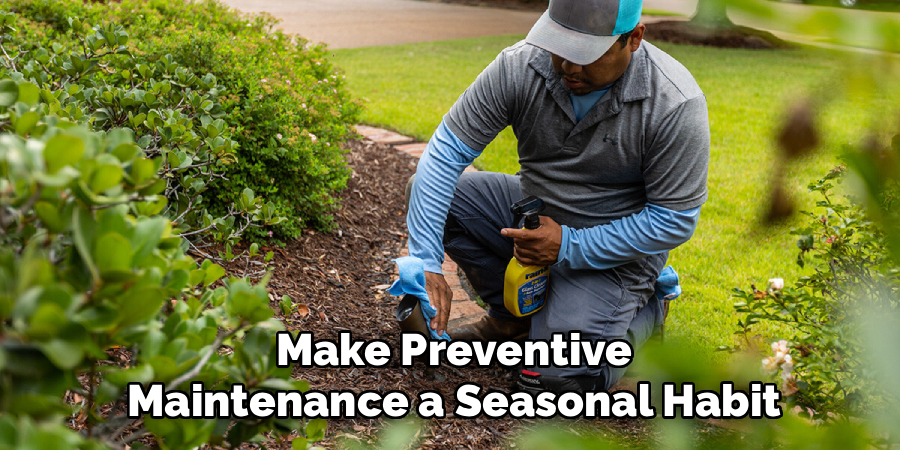
Frequently Asked Questions
Q: What smell keeps squirrels away from outdoor lights?
Ans: Strong scents like peppermint oil, garlic, and predator urine are effective natural deterrents. These odors interfere with squirrels’ keen sense of smell and discourage them from coming near your lights.
Q: Can I use mothballs to keep squirrels away from lights?
Ans: This is not recommended. Mothballs contain chemicals toxic to pets, humans, and the environment. Safer alternatives like non-toxic sprays or essential oils work just as well without the risks.
Q: Do ultrasonic devices really stop squirrels from chewing wires?
Ans: They can be effective when placed correctly and used as part of a broader protection strategy. However, results vary depending on squirrel behavior and the environment.
Q: Is it safe to use electrical tape on chewed wires?
Ans: Yes, but only for minor damage and as a temporary solution. For severe damage, replacing the wire is the safest and most reliable fix.
Q: How often should I reapply squirrel repellent?
Ans: Typically, every two to four weeks, or sooner if there’s heavy rain or strong sunlight, which can break down the repellent’s effectiveness.
Conclusion
Squirrels may be adorable to watch as they leap from branch to branch, but their chewing habits can spell trouble for outdoor lighting systems. The key to stopping them lies in a combination of repairing existing damage, creating physical barriers, applying deterrents, and modifying your outdoor environment to make it less attractive to them.
No single solution works in every situation, but combining protective coverings, repellents, and motion-activated devices can dramatically reduce the risk of squirrel damage. Most importantly, regular inspections and quick repairs prevent small chew marks from turning into dangerous electrical hazards.
By taking these steps, you can enjoy a beautifully lit yard without worrying about furry intruders. With humane, wildlife-friendly strategies, you’ll protect both your lighting investment and the squirrels’ well-being, creating a safe and peaceful coexistence.
